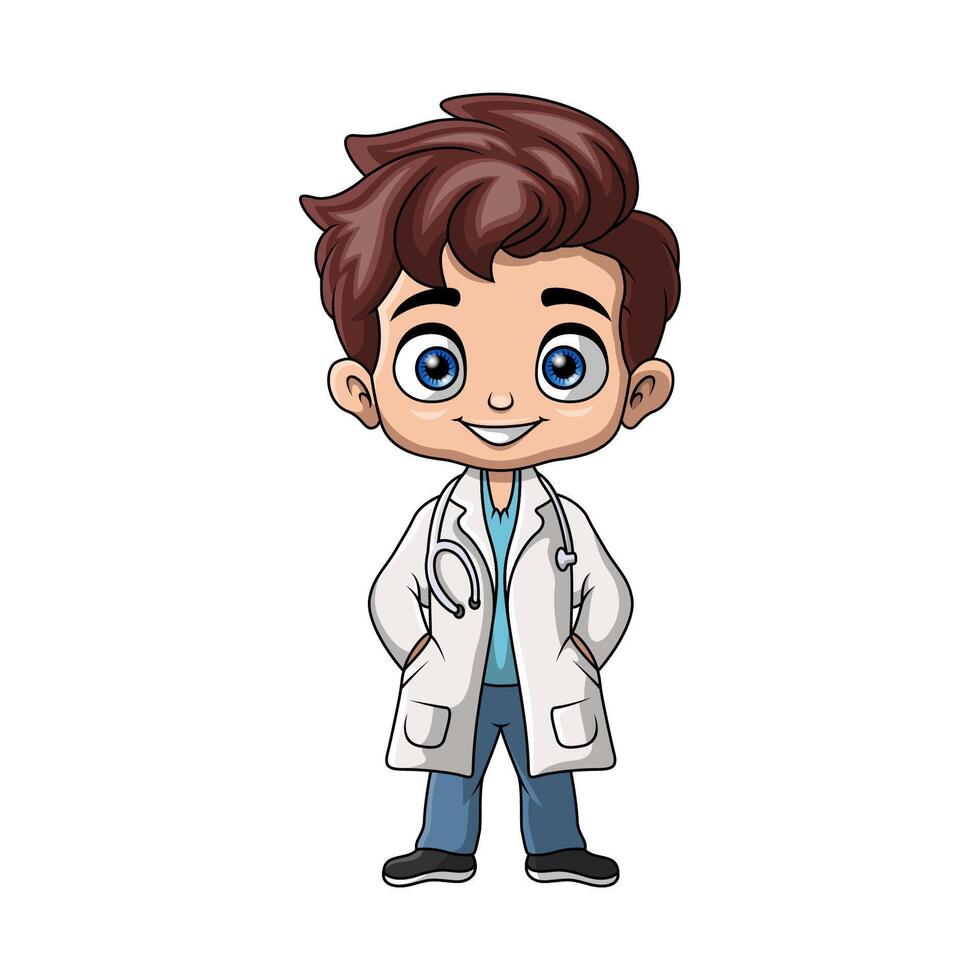
Children today are growing up in an environment that’s fast-paced, digitally connected—and increasingly at risk for hidden health concerns. One of the most silent yet significant threats? Hypertension in kids. Once considered an adult-only issue, high blood pressure is now being diagnosed in children as young as six.
At MediSyncAI, we believe prevention starts at home. Through advanced AI-driven health monitoring tools like CareAlignPro, we’re helping families track vital signs in real time, detect anomalies early, and take action before risks become emergencies.
This guide is designed to empower parents with everything they need to understand, identify, and prevent hypertension in children.
What is Hypertension in Children?
Hypertension is a condition where the blood pressure in the arteries is consistently too high, forcing the heart to work harder than it should. In children, it is often missed or undiagnosed because symptoms are subtle or nonexistent.
According to the American Academy of Pediatrics, normal blood pressure in children varies by age, sex, and height, and hypertension is diagnosed when a child’s blood pressure is at or above the 95th percentile on multiple occasions.
There are two types of hypertension in kids:
- Primary (Essential) Hypertension: Usually caused by lifestyle factors such as poor diet, lack of exercise, or family history.
- Secondary Hypertension: Caused by underlying health issues such as kidney problems or congenital heart defects.
Signs and Symptoms of Hypertension in Children
Hypertension is often called the “silent killer” for a reason—it rarely presents obvious symptoms. However, there are subtle signs to watch for:
- Headaches (especially in the morning)
- Vision problems (blurred vision or eye strain)
- Fatigue or difficulty concentrating
- Nosebleeds not caused by injury
- Irritability or mood changes
- Chest pain or heart palpitations
- Shortness of breath during minimal activity
With AI-driven monitoring from MediSyncAI’s InsightAlignPro, early trends and subtle abnormalities can be detected even before physical symptoms appear.
The Risk Factors for Hypertension in Kids
Understanding what puts your child at risk is half the battle. The most common risk factors include:
Family History
Children with one or both parents who have high blood pressure are significantly more likely to develop it themselves.
Obesity and Overweight
Excess body weight is the strongest risk factor for pediatric hypertension. According to the CDC, nearly 1 in 5 children in the U.S. is obese.
Poor Diet
Diets high in salt, sugar, and processed foods contribute directly to high blood pressure. So do low intakes of fruits, vegetables, and whole grains.
Lack of Physical Activity
Children who do not get at least 60 minutes of moderate activity per day are more likely to develop cardiovascular issues.
Sleep Apnea
Breathing disorders during sleep can impact blood pressure and heart health over time.
Chronic Conditions
Conditions such as diabetes, kidney disease, and hormonal disorders can lead to secondary hypertension.
MediSyncAI’s remote monitoring technology helps caregivers track daily changes and intervene early—especially important for children with existing chronic conditions.
How to Prevent Hypertension in Children
Hypertension is not only treatable—it’s highly preventable. Here are proactive steps every parent can take:
Balanced Nutrition
Encourage meals that are rich in:
- Leafy greens
- Whole grains
- Lean protein (like fish and beans)
- Low-fat dairy
- Foods low in sodium and saturated fat
Avoid processed snacks, sugary drinks, and fast food as much as possible.
Physical Activity
Make exercise fun and regular:
- Family walks or bike rides
- Dance classes (like those from local wellness initiatives)
- Sports like swimming or basketball
- Limit screen time to under 2 hours/day
Regular Blood Pressure Checks
Children over age 3 should have their blood pressure checked at every annual physical. With MediSyncAI’s remote patient monitoring (RPM), you can now track your child’s BP from home.
Healthy Sleep Habits
Ensure your child gets adequate rest:
- 9–12 hours/night for ages 6–12
- 8–10 hours/night for teens
Stress Management
Teach kids how to express emotions, practice deep breathing, and avoid academic or social pressure overload.
When to See a Doctor?
You should consult a pediatrician if your child:
- Has any of the symptoms listed earlier
- Has a family history of hypertension
- Is overweight or obese
- Has been diagnosed with a condition like diabetes or kidney disease
- Shows consistently high blood pressure readings from a home monitor
MediSyncAI integrates with your care provider to enable early detection, direct communication with specialists, and even AI-powered alerts when unusual patterns are detected.
Heart health starts young—and prevention starts with knowledge. Hypertension in children may be on the rise, but with the right tools, awareness, and action, it doesn’t have to affect your family.
MediSyncAI is here to help.
Our AI-driven platforms like CareAlignPro and InsightAlignPro make it possible to detect early signs of hypertension, integrate with your child’s healthcare provider, and take steps before it becomes serious.
Every child deserves a healthy heart—and every parent deserves peace of mind.
References

